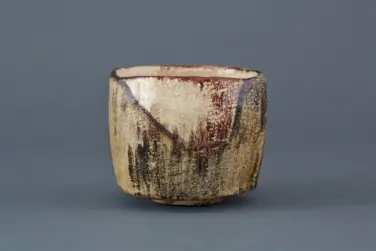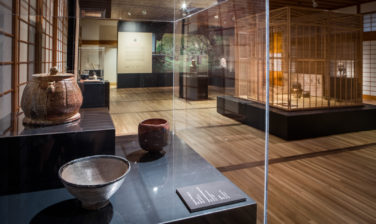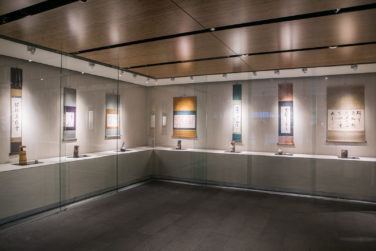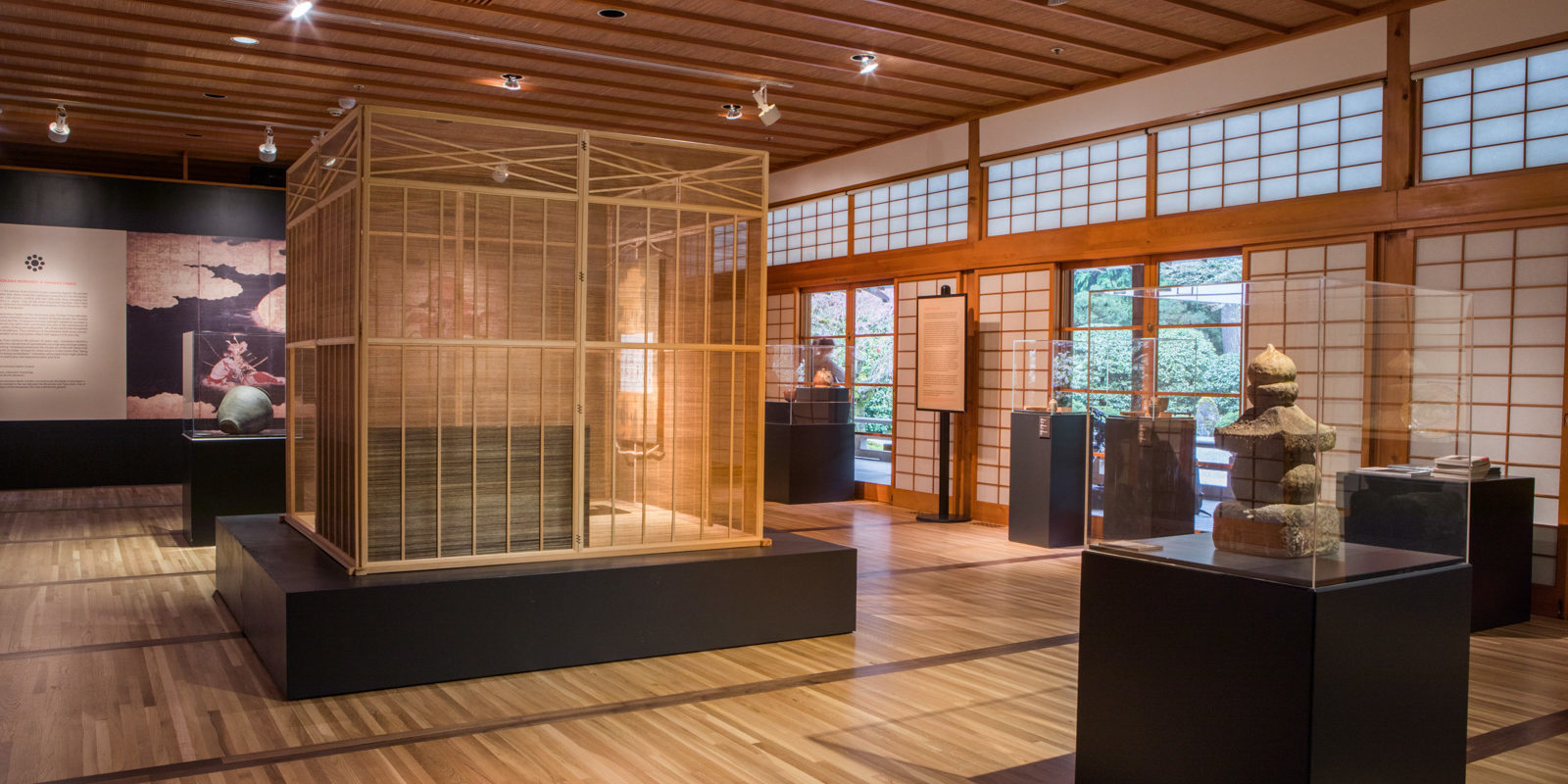“I find making pottery is a bit like Zen meditation. My mind concentrates on the task at hand, although I can’t say I become completely detached from everyday life. When working with forces that have always existed, like clay and fire, I feel reduced to something insignificant, and yet completely at ease with myself.” – Hosokawa Morihiro

In celebration of the Grand Opening of the Cultural Crossing expansion project, Art in the Garden is honored to present a glimpse into the creative life and work of former Prime Minister Hosokawa Morihiro, the 18th generation head of the Hosokawa clan of samurai, who left a career in politics behind and retired at the age of 60 to Futoan, his family estate in Yugawara, a small coastal hot-springs town in Kanagawa south of Tokyo.
Retreating from public life, he pursued instead the quiet life of an artist, studying Zen, practicing his own style of tea ceremony, and apprenticing with master potter Tsujimura Shiro—ultimately creating beautifully understated ceramic tea wares, rustic sculpture, lacquered bamboo tea scoops, painted fusuma screens, and poetic inscriptions in calligraphy.

With 600 years of family history as warriors, tea masters, calligraphers, and poets behind him, this modest Renaissance man spent a year and a half reinventing his life starting with a year-and-a-half traditional apprenticeship with renowned Nara potter Tsujimura Shiro. Today Hosokawa practices the art of life—tending his vegetable garden, writing Zen inscriptions in calligraphy, and spending time in his studio where he makes the simple ceramic tea bowls, jars and rustic Buddhist sculptures that express an inner life of modesty and compassion, far removed from the battlefield of modern politics.
His inheritance of the samurai’s respect for Bunbu-Ryodo, the Twofold Path of Pen and Sword, reveals itself subtly in his expressions, for example that “being cultured means being sympathetic” and “modesty is the virtue of all virtues.” Reflecting the spirit of Zen Buddhism and of Bushido, the warrior’s code of honor, he embraces the simple art of life with ideals that have meaning for us today, beyond borders and time.
One Exhibition, Two Locations through May 21
The Way of Tea plays a primary role in the cultural programs of the Portland Japanese Garden and we are honored to have former Prime Minister Hosokawa’s first major solo exhibition in the US to open the new Cultural Village in both the Pavilion Gallery and the Tanabe Gallery.

As the first Art in the Garden exhibition in the new facilities, Hosokawa Morihiro: The Art of Life, A Rebirth in Clay is on view in both the Pavilion Gallery and the new Tanabe Gallery, located in the Jordan Schnitzer Japanese Arts Learning Center.
In the Pavilion Gallery
The exhibition in the Pavilion Gallery includes a variety of ceramic tea wares and bamboo tea scoops (chashaku), as well as sculptural objects, such as Buddhist figures, pagoda, and lion dogs. A portable teahouse anchors the installation in the Pavilion, and features a display of tea utensils in place to provide a context for his work.
In the Tanabe Gallery
A celebration of the seasonality is on view in the Tanabe Gallery with seven seasonal pairings of calligraphy scrolls and ceramics that evoke subtle changes in the seasons as they are observed in the Way of Tea.

Tea presentations will be conducted in the Yanai Classroom in the Cathy Rudd Cultural Corner at various times through May 21.
This exhibition is guest curated by Dr. Nishida of the Nezu Museum in Tokyo, in collaboration with Exhibition Manager, Mami Takahashi, and Arlene Schnitzer Curator of Culture, Art, and Education, Diane Durston.
